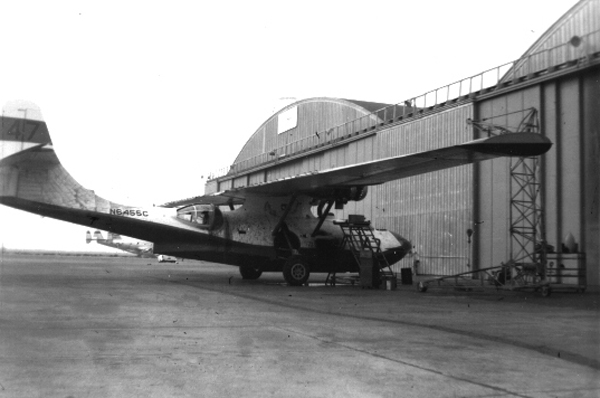Crash of a Rockwell Grand Commander 690B in Burns: 3 killed
Date & Time:
Jan 7, 1981 at 1600 LT
Registration:
N81521
Survivors:
No
Schedule:
Klamath Falls - Burns
MSN:
690-11351
YOM:
1976
Crew on board:
2
Crew fatalities:
Pax on board:
1
Pax fatalities:
Other fatalities:
Total fatalities:
3
Captain / Total hours on type:
506.00
Circumstances:
On approach to Burns Airport, the twin engine aircraft crashed in unknown circumstances. All three occupants were killed.
Probable cause:
The exact cause of the accident could not be determined.
Final Report:




